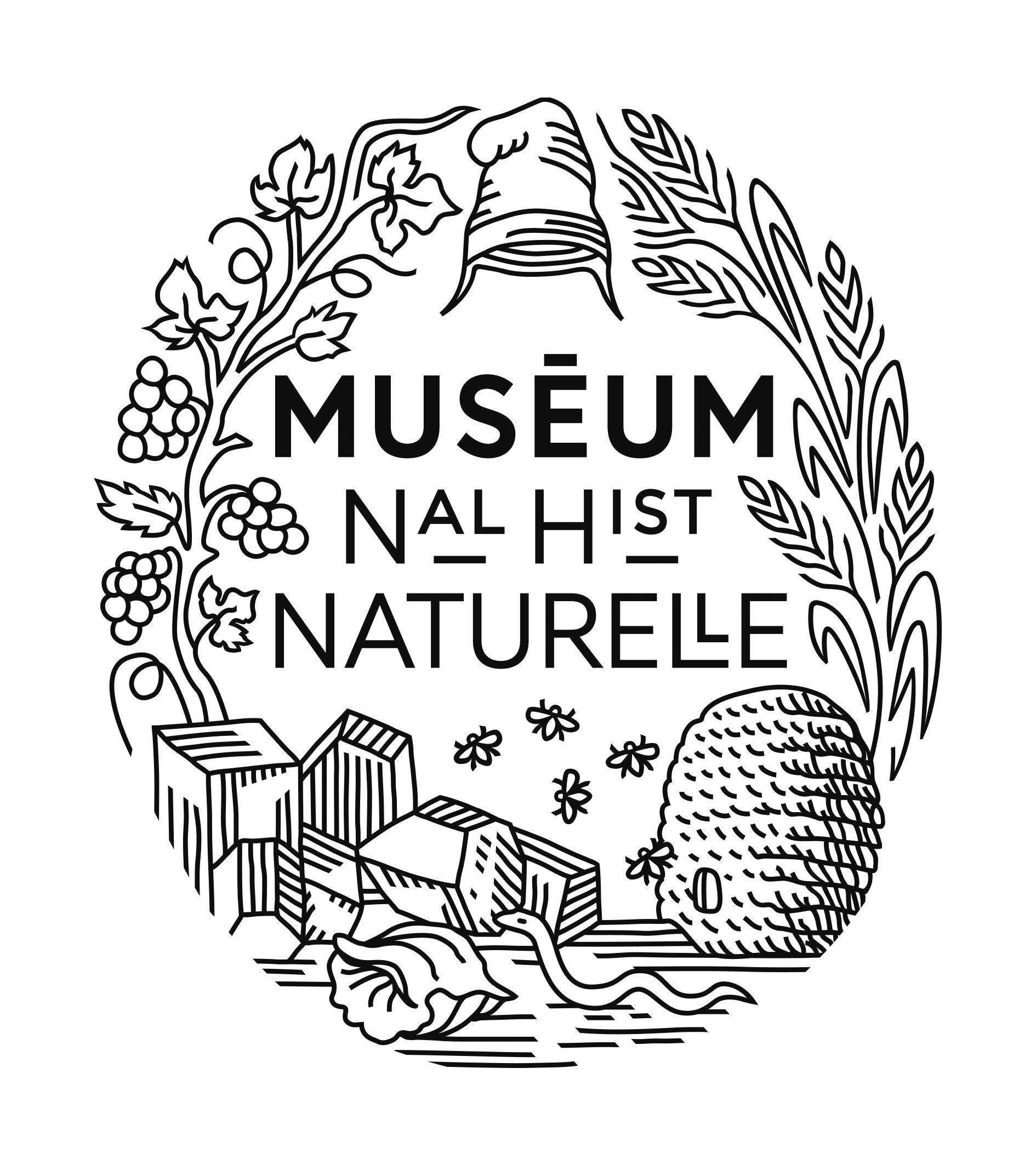
National Museum of Natural History
Created in 1635, The Royal Garden became The National Museum of Natural History in 1793. For 4 centuries, this historical institution has been the source of major natural sciences discoveries. The institution grew and flourished thanks to several remarkable scientific figures. Buffon in the 18th century, Daubenton, Lamarck, Geoffroy Saint-Hilaire and Cuvier in the 19th century, all delivered unparalleled teachings, enhanced and studied natural history collection and passed on their knowledge to the public.
With over 350 years of collects and field inventories of biodiversity, the museum collections are still expanding today, used for present and future research, as well as various communication to the public.
Estimated at 68 million specimens, with 800,000 types (reference specimen that is used for the description and naming of species), the museum’s collection is among the 3 most important natural history collection globally (with those of the Smithsonian in Washington DC, USA, and the Natural History Museum in London, UK).
Animals, plants, rocks and minerals, meteorites, fossils, anthropologic, ethnologic and prehistoric items compose the collections, neatly stored and catalogued along kilometers of shelves and filing cabinets.
Thus, the National Herbarium is one of the biggest worldwide with 8 millions samples. The entomology collections gather 40 million specimens. The vertebrate’s collection is known for its numerous type specimens. Part of the Zoology collection is preserved at the “Zoothèque” which encompass 20,000 m3 of various objects, organized on shelves that reach a length of 40 km. The geology collection, of great historical value, gathers rocks, minerals and meteorites. The paleontology collections encompass between 5-6 million specimens, thin sections, and microfossils, including 2 millions lots of invertebrates samples, and 450,000 lots of vertebrates samples.
To all of this, we can add one of the richest natural sciences libraries (around 2.2 million of documents): monographs, periodicals, maps, photographs, manuscripts, engravings, as well as objects and art works including the famous paintings on vellum paper of the Museum.
The museum collections are often one of a kind. Memento of the diversity of nature, they act as archives and contain valuable information for the understanding of life on earth. These collections are the starting point for classification and analysis that aims to explain Nature and Man, and are used by researchers of various fields linked to natural sciences and scientific expertise. Considered as an important research infrastructure, they represent an exceptional tool for researchers worldwide.
Natural History collections are also cultural objects and curiosities for the public.
A detailed description of each collection fonds is available here.